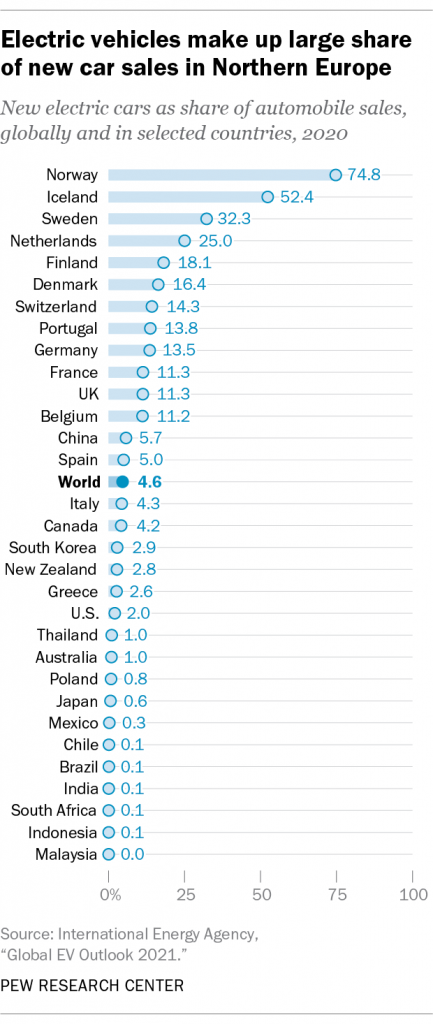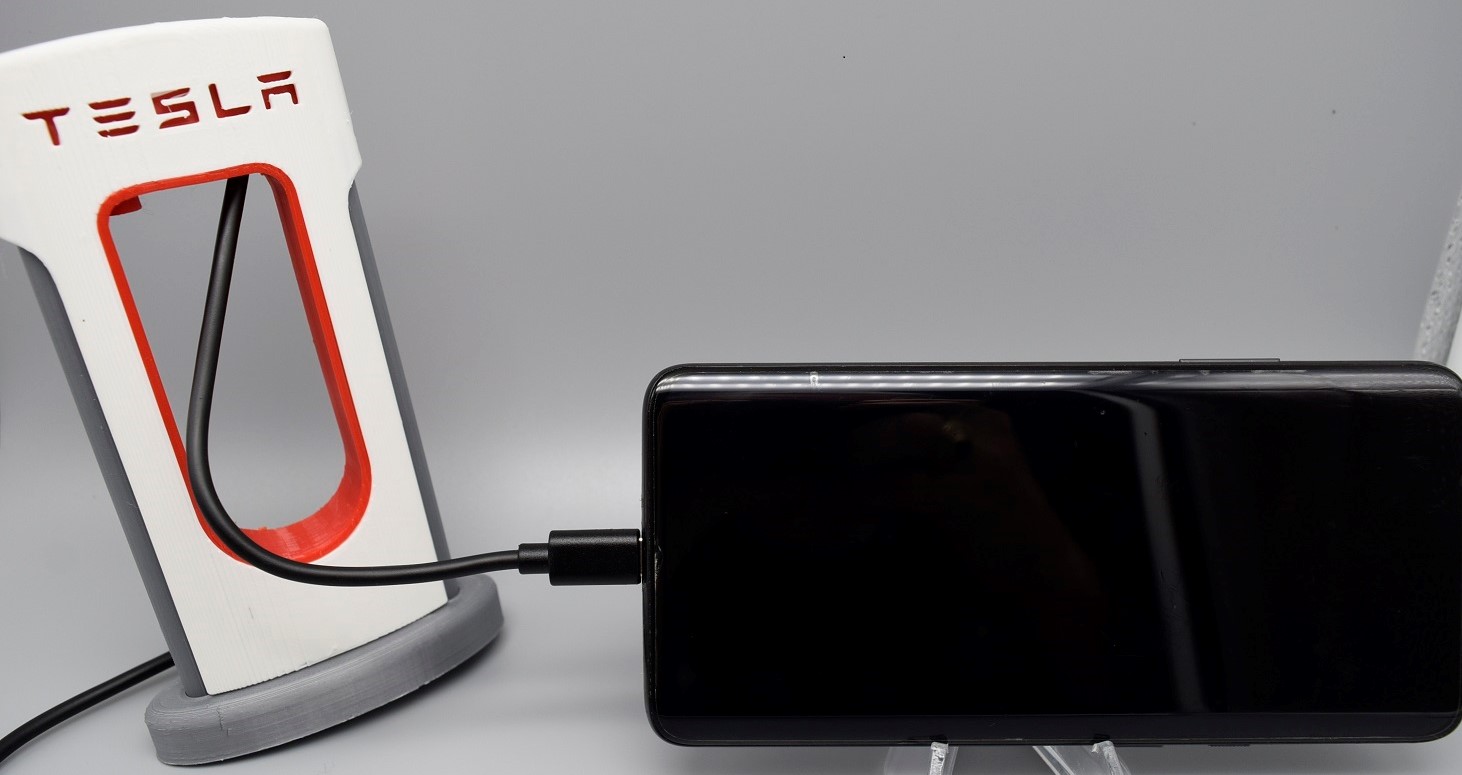A couple of months ago, my son Andrew got his new Tesla. Model 3, in a gorgeous shade of blue. He got the standard package, which in my old-school book is anything but standard. Glass roof. Nothing on the dashboard but the high-resolution display mounted in the center. Video games that you can play while parked, using the steering wheel to play the game. The “frunk” – since there’s no internal combustion engine (I’m told ICE is the correct terminology), it has a back trunk as well as a front trunk. The frunk is not only useful – for example, for carrying home that garlic and pepper-flavored take-out without infusing the odor in the cabin – it’s fun to say. And of course, being the funny guy he is, he always puts the car in “Dog Mode” if he has to run into the grocery store and his old man waits for him in the car.

And talk about power – for anyone that owns a Tesla or has been in one, you might know the G-forces you can get when the driver puts the pedal to the metal. The estimated 283 horsepower (Tesla doesn’t advertise hp) in the Standard Range Plus is the lowest in the Model 3 line-up – you can get 450 horsepower with 471 lb-ft of torque, which is more than most pick-up trucks. Although I haven’t seen any Teslas pulling a wagon of dirt.
The 50 kWh, 350 V battery in the Standard Range Plus Model 3 has up to 263 miles of driving range, according to the EPA. While the battery does not have as much range as other electric cars (even the Long Range version of the Model 3 can go up to 353 miles on a full charge), it still takes some serious power to get it charged up.
Andrew did his research on charging. His first charging option: charge it at his apartment complex. While more apartments are starting to install chargers, his complex has not installed any yet. What he did was ask for, and subsequently receive, permission to run an extension cord out of his apartment to his car (he’s on the ground floor, making it more tenable than if he lived on the second or third floor – that would have given a whole new meaning to overhead distribution.) With that option he only gets about 11 amps at 115 V, which is around 1.2 kW. If he does that overnight, say for 10 hours, it gives him about 12 kWh, or about 60 miles. Not that great but good for topping off.
His second charging option: Ask his parents to install a 240 V outlet on the outside of their house. After the electrician was done, he found he could pull 32 A, or 7.7 kW. After an hour at the house, he gets about that same 7 kWh, but he get it in about an hour compared to the 10 hours at his house. At since he only lives 3 minutes away, it’s feasible – only drawback is that his parents foot the bill for the power, but we can do that because he no longer lives in our house running all manner of servers for storage, mining Ethereum, etc. and running up the air conditioning bill.

His third charging option: When he got his car, he also got a free year of charge at the Tesla supercharging sites. Now we’re talking – the supercharger has a 150 kW maximum. (The actual charging rate is dependent upon variables such as whether there’s another car sharing that charger, the state of the battery, etc.). You get the message – by the time he’s run into Target or got something to eat at the very nice shopping center where the supercharger is, he’s got more that 80% charge on his battery. And now Tesla is rolling out 250 kW superchargers to make the charging even faster.

You can take Electric Distribution courses with Tim Taylor by clicking here.


1 Comment
Electric Vehicle Charging – Electric Distribution Academy · May 17, 2021 at 9:42 pm
[…] a previous post, I explored how my son explored charging options before he bought his new Tesla 3. For folks whose […]
Comments are closed.